Discover the 2024
Day 2 Agenda
8:30 a.m. - 10:00 a.m. Concurrent Activities
Zibi is a 13.7-hectare (34-acre) waterfront community carefully designed by Dream Unlimited, (TSX: DRM), and Dream Impact Trust, (TSX: MPCT.UN). It is a borderless neighbourhood, connecting the cities of Gatineau and Ottawa, where more than 5,000 people will live and 6,000 people will work, and containing three hectares (eight acres) of riverside parks and public squares, and more than one million square feet of commercial space. It is one of the most sustainable communities in the world, and the first One Planet Living endorsed Global Leader in Canada, a global framework developed by Bioregional and the World Wildlife Fund. The award-winning Zibi is Canada’s first One Planet Living® community. It features high transit, walkability and bike scores, is located within steps of downtown Gatineau and Ottawa, and offers a unique interprovincial district energy system, which heats and cools all buildings while producing zero carbon emissions. With its many waterfront parks, and fun event spaces, Zibi can easily boast the title of the national capital region’s most liveable community.

Through a mix of insights and interactive discussion, panelists will provide practical strategies to overcome the common challenges that stifle innovation—from budget constraints and regulatory hurdles to risk aversion and siloed structures.




This discussion will examine how public art can drive infrastructure development, stimulate economic growth, and enhance community well-being. Public art is key to building vibrant, resilient, and competitive cities. This session offers actionable insights for urban planners and policymakers on using public art to create thriving communities, aligning perfectly with the Summit's goal of advancing infrastructure for a sustainable, prosperous Canada.
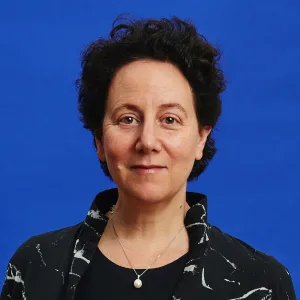




The National Capital Region spans two Provinces and is anchored by two cities (Gatineau and Ottawa). Formed in 2023, the Good Neighbours Summit (GNS) has created a forum for leaders (public, private, non-profit) including all levels of government to build collaborative networks across jurisdictional boundaries to ensure that the capital region continues to be a diverse, resilient and vibrant economic region that inspires creativity and collaboration, attracts investment and drives inclusive city building. GNS can serve as a model to be explored in other regions.


Drawing on a number of new research projects by CUI and its partners, this session will workshop different research methods from data to platform development of AI to better understand urban environments and evaluate them at different scales considering the importance of accessibility.




Beaver Barracks is a 254-unit mixed-income housing development that integrates environmentally sustainable building design and operations. It opened in 2011. Constructed on a brownfield site formerly occupied by a WWII military barracks, the site was developed by Centretown Citizens Ottawa Corporation (CCOC) on a competitive Request for Proposals from the City of Ottawa. The tour will include indoor and outdoor areas: the community garden in the central courtyard, the lobby and meeting room areas, and the exterior perimeter of the property. Come learn about CCOC’s 50-year history of developing and delivering affordable housing in downtown Ottawa, and about the features that make the Beaver Barracks special. The site is fully accessible but the ground may be uneven in places. Please dress for the weather.
Please note the 9:00 a.m. start time for this session

10:30 a.m. - 12:00 p.m. Concurrent Activities
This session will explore how arts and culture can be instrumental in city building with a focus on placemaking, policy-making, and activation, and to offer advice to other cities on integrating arts into urban development strategies.




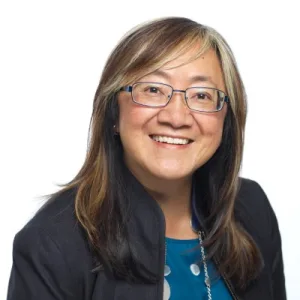
We all want good cities, and we increasingly realize that those are the product of a delicate combination of multiple layers, one of which is how buildings look. For decades and in the eyes of critics, new buildings and urban form have resulted in an accrual of increasingly generic, repetitive, and in the minds of many, deeply unsatisfactory urban environments that get some things right (i.e. more mix of uses) but fail to create places that attract people. This session will probe the questions of how professionals working at multiple scales: architects, urban designers and planners impact the urban environment. What has been created over the past several decades and what are the environments that have resulted? Has what we’ve learned resulted in a burgeoning shift towards architectural styles that consider traditional design elements or expressions? Why or why not? Have we neglected to make beautiful buildings and lasting legacies by favoring efficiency (cost, timelines, replication) and if so, how do we change this?


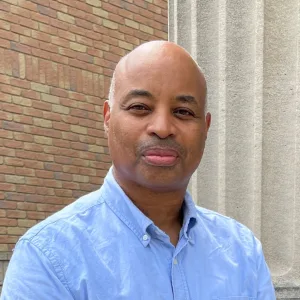



Municipalities are facing unprecedented financial challenges that require innovative solutions to overcome the strict fiscal constraints placed on local governments. Panelists will discuss the need to pay for infrastructure in today’s context, ensuring that cities remain livable and sustainable while finding new innovative ways of doing so including new financing tools, regional cooperative structures and global best practices.

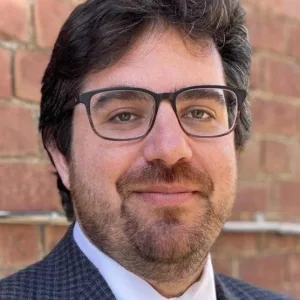


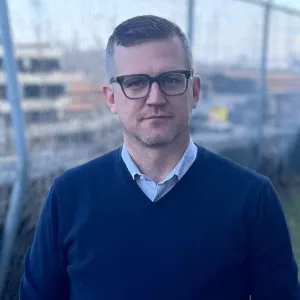

This session will observe how all levels of government have and can advance housing creation looking at policies and funding and new programs to building more supply - both affordable and market.






In this walk, participants will walk from the National War Memorial, down Elgin Street to Enclave: the Women's Monument in Minto Park. The walk will be led by Tonya Davidson, a sociologist who has recently published a book on Ottawa monuments titled, Tours Inside the Snow Globe: Ottawa Monuments and National Belonging. Throughout the tour, we will discuss how monuments both reproduce and allow for people to challenge narratives of settler colonialism, nationalism, patriarchy, and capitalism.

1:00 p.m. - 2:00 p.m. Concurrent Activities
An overview of the newly-created Other Hill initiative comprised of multiple venues and outdoor spaces along Laurier Avenue East. The project brings together Canada’s leading thinkers, authors, artists, musicians, historians and activists, to offer an alternative space for important dialogue. The area, once home to Canada’s political elite, now includes a diverse mix: embassies, students, newcomers, cultural and institutional anchors.



Join us for an engaging gathering at an iconic feature of Ottawa’s skyline. Inspired by the transformative impact of placemaking and its vital role in fostering vibrant cultural infrastructure, we'll meet, mingle, and celebrate the work of dedicated practitioners bringing community well-being, cultural connection, and resilience to Canadian towns and cities. More, we'll enjoy an intimate guided tour of the National Gallery of Canada, showcasing Indigenous, Canadian, and international art spanning over 5,000 years (EN/FR available). Tours will be bilingual.


Faites un pas dans la Belle Province avec une visite guidée du centre-ville de Gatineau qui vit présentement une revitalisation importante. Cette marche vous permettra de visiter le pôle ludique piétonnisé du centre-ville ainsi que les nombreux projets en cours dans le quartier. Lieu de départ: rue Laval à l'angle de la rue du Portage.
//
Take a step in la Belle Province through a guided tour of downtown Gatineau to witness public and private revitalization efforts. This tour will take you through downtown’s pedestrian-only zone and will cover several redevelopment projects happening in the neighbourhood. Starting point: rue Laval at the corner of rue du Portage.
